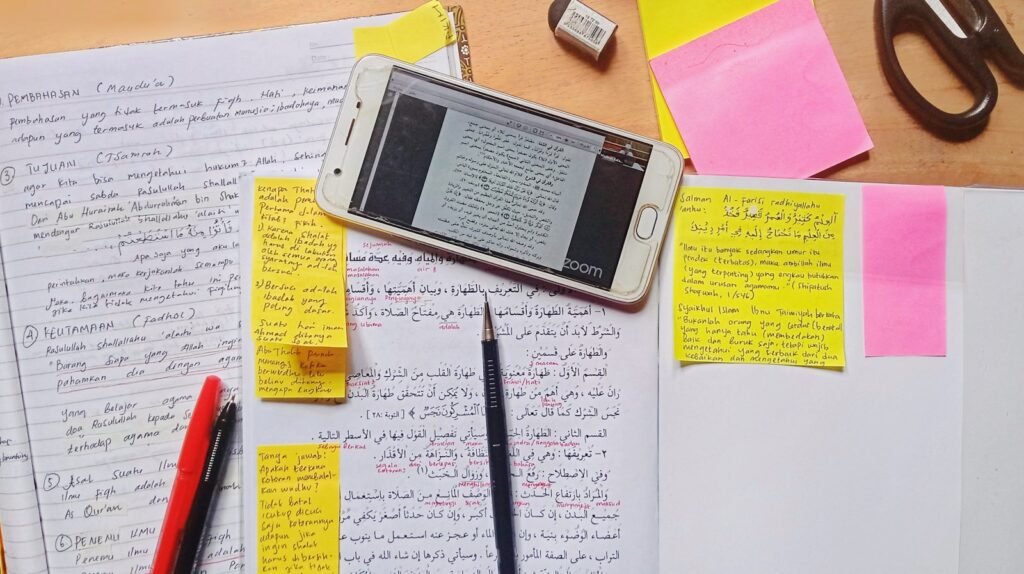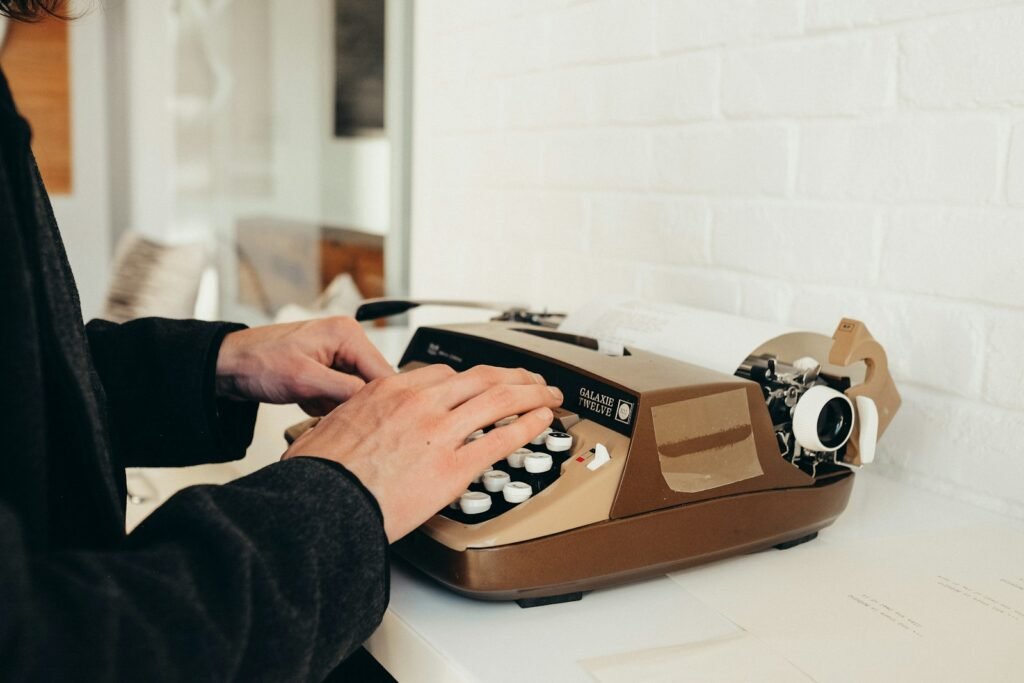
Incorporating Relevant Evidence and Examples
In the intricate labyrinth of crafting an essay, the dance between compelling evidence and succulent examples is what catapults your writing from the ordinary to the extraordinary. Envision this: your essay as a decadent feast, with evidence and examples acting as the exquisite spices that awaken the palate of your readers. As the illustrious Maya Angelou astutely pointed out, “Words hold a power beyond their mere presence on paper; it takes the human voice to imbue them with depth.” Thus, infuse your writing with lively anecdotes, crisp data, and poignant quotes to breathe life into your words and ensnare your audience.
Within the elaborate tapestry of essay composition, it is essential that evidence and examples serve as the enchanting yarn that knits together coherence and credibility throughout your work. Just like an adept magician, you must dazzle your readers by seamlessly blending arguments with tangible proof. Envision yourself as a literary artisan erecting a sturdy scaffold of evidence intricately adorned with illustrative details gleaned from examples. In line with Mark Twain’s musings on precision in language usage – “The distinction between precisely fitting word choices versus almost correct alternatives is akin to comparing lightning strikes to mere fireflies.” Therefore, choose your evidence thoughtfully and select examples that illuminate your arguments like dazzling fireworks illuminating a darkened sky.
Strategies for Smooth Transitions
Picture this: transitions in your writing are like the surprise burst of flavor from a sprinkle on top of a sundae. They may appear insignificant at first glance, but they elevate the entire experience to new heights. Just as you wouldn’t want to encounter potholes on a road trip, smooth transitions are essential for guiding your readers seamlessly from one point to the next.
Consider for a moment diving into a book where each chapter abruptly shifts to an entirely different scene without warning – it’s like abruptly changing the radio station mid-song. To avoid such jarring experiences, ensure that your transitions flow effortlessly like a well-coordinated dance routine, leading your audience through each step of your argument with precision.
In the wise words of Ernest Hemingway (or something along those lines), “The most crucial tool for any writer is an innate ability to detect and eliminate unnecessary clutter.” Keep your writing polished and seamless, and watch as your readers groove along with you without missing a beat.
Ensuring Coherence and Consistency
Coherence and consistency, the enigmatic duo of writing that mystify our words into alignment and our thoughts cascading like a tumultuous river. Imagine this: your essay is an expedition, coherence acting as the compass leading you on a convoluted journey from one destination to another without veering off course. Meanwhile, consistency stands by as the loyal companion ensuring your prose remains steadfast, steering clear of those bewildering diversions that sow confusion. Together, they forge an indomitable alliance that transmutes chaos into harmony.
In the realm of writing, upholding coherence and consistency is akin to walking a tightrope between innovation and order. Like Stephen King once professed, “The most terrifying moment comes just before you begin.” In much the same vein, embarking on an essay without a roadmap can feel like hurtling off a cliff sans parachute. Herein lies where coherence intervenes; arranging your musings into a logical progression that captivates your audience. Recall Maya Angelou’s wisdom: “You can’t exhaust creativity. The more you employ it, the more abundant it becomes.” Allow your creativity to radiate brilliantly but let coherence be the steady rudder guiding its expression; crafting a melodious tapestry of words resonating with readers far and wide.n
Wrapping It Up with a Memorable Conclusion
As we journey through the labyrinthine passages of this article, my dear readers, it feels as though we are navigating uncharted waters with the expertise of seasoned sailors. The twists and turns have left us in a state of bewilderment, yet as we approach the shore, a sense of accomplishment washes over us.
Let us pause for a moment to reflect on the odyssey we have embarked upon. Like a fine wine that matures with time, an article requires meticulous crafting to make a lasting impact on its audience.
Dear friends, let us not underestimate the power of our words and their arrangement. They are not mere adornments but rather the very foundation upon which our thoughts stand tall. In the words of Winston Churchill, “We shape our buildings; thereafter they shape us.” Similarly, our writing shapes our ideas which in turn shape our reality.
As we bid farewell to this narrative voyage, let us heed Hemingway’s wisdom: “There is nothing to writing. All you do is sit down at a typewriter and bleed.” Let our words flow freely onto paper, sincere and unfiltered creating a tapestry that captures the essence of our minds. And remember, dear readers, while the pen may be mightier than the sword, it must be wielded with precision and care.
As we set sail on our next literary escapade, may our words cascade like a river carrying forth messages from within ourselves to eager shores awaiting understanding.


